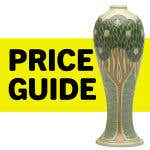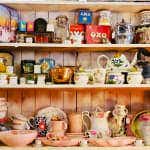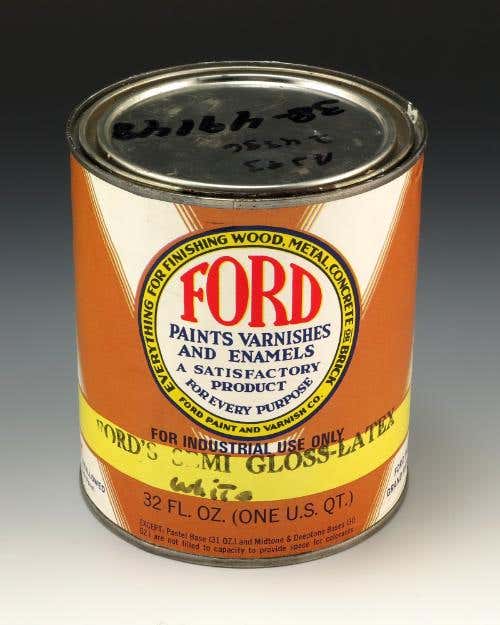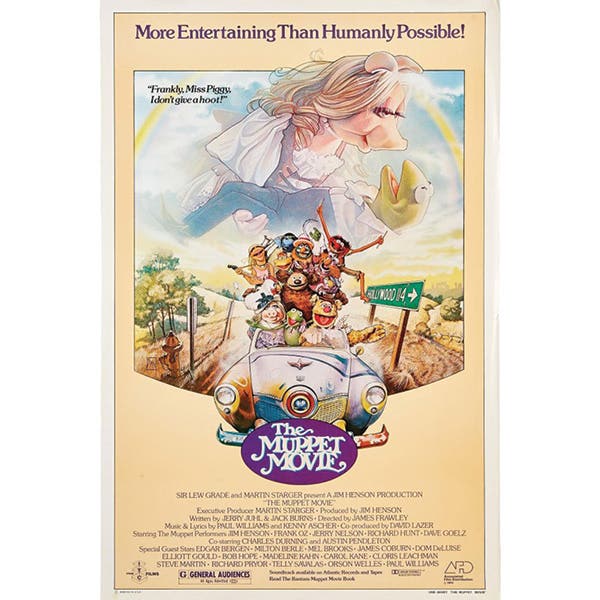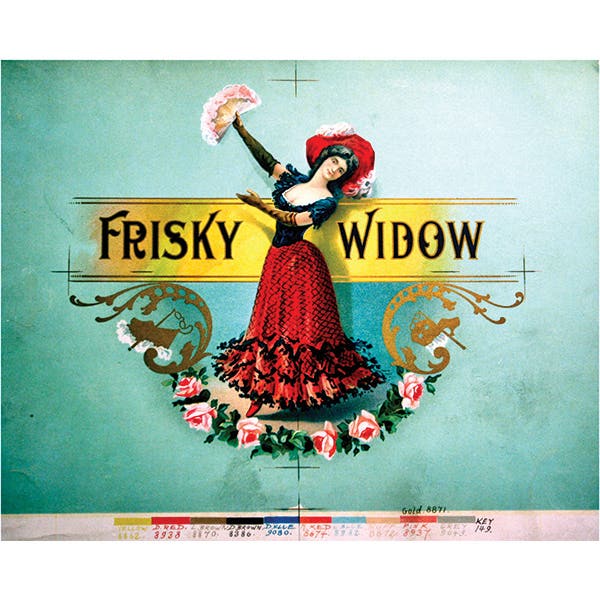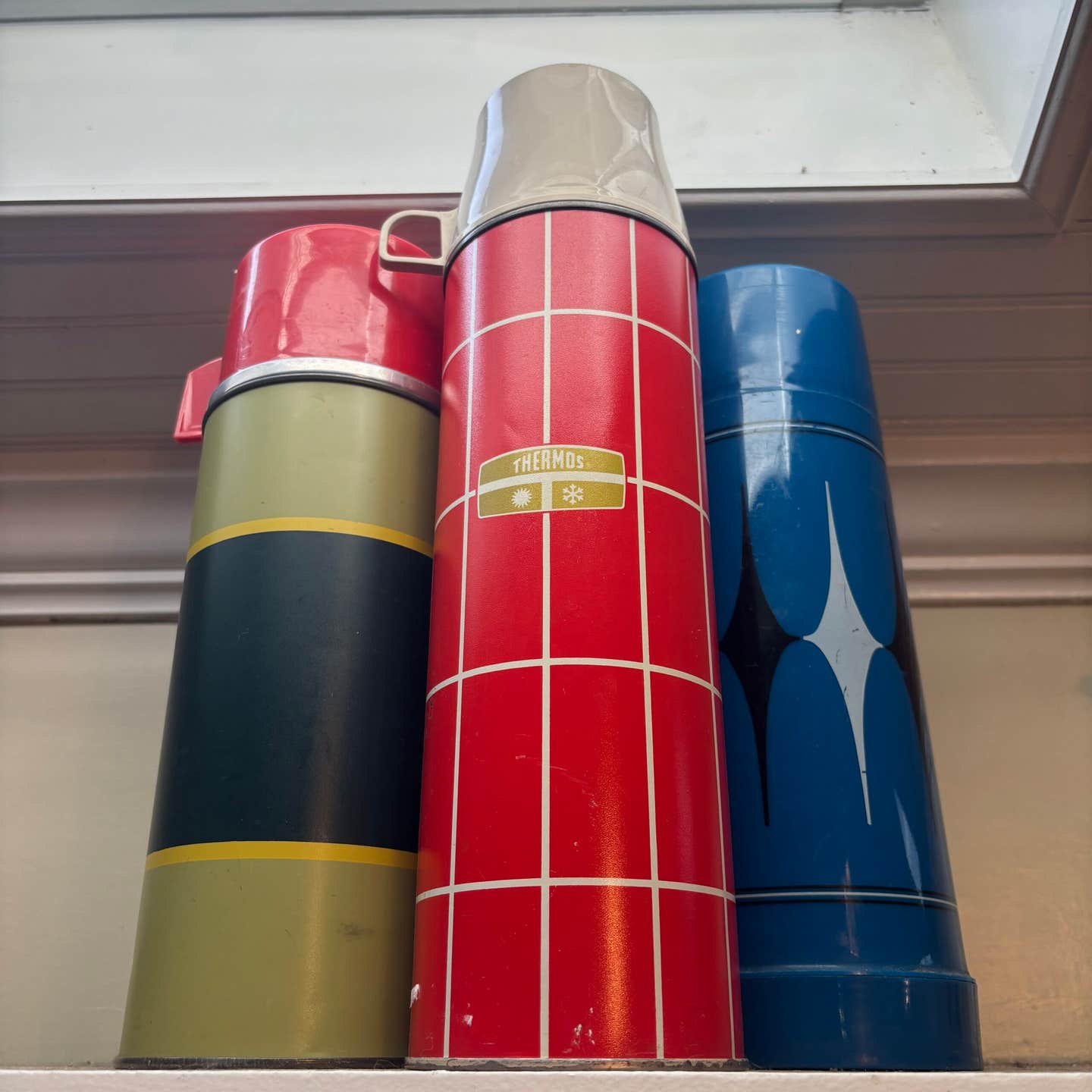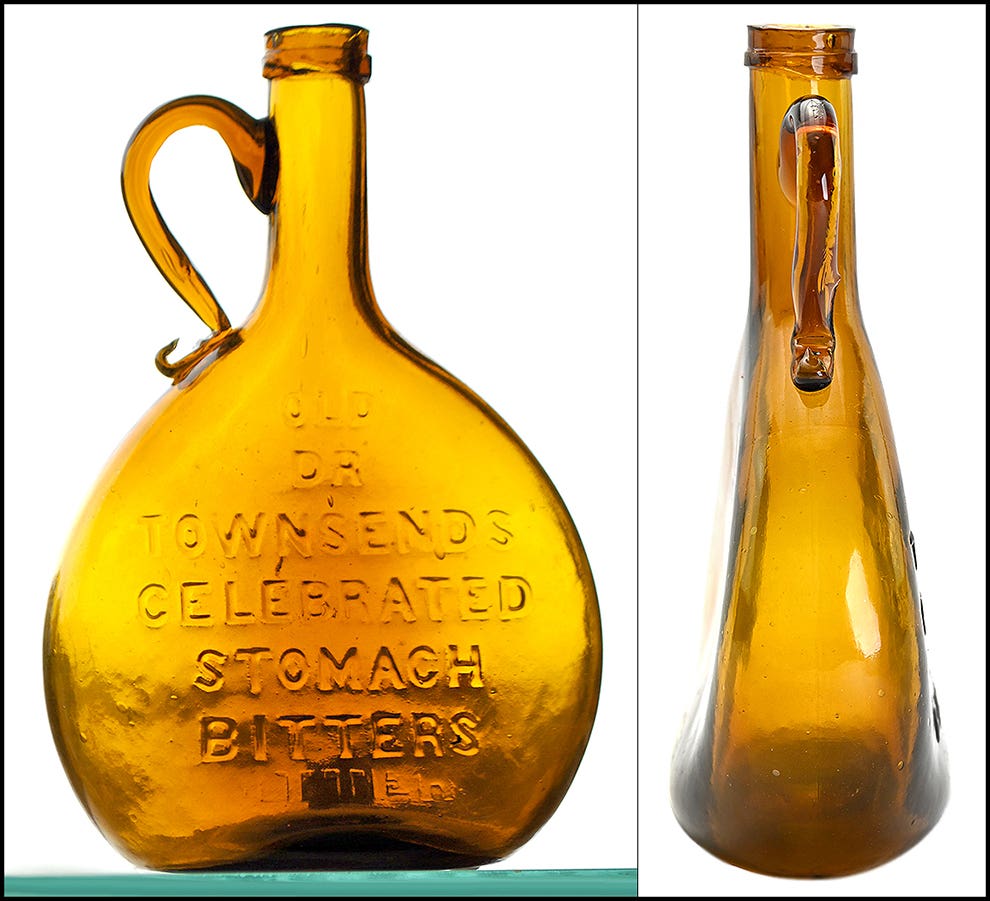Trifari’s Fantastic Figural Brooches
With brooches back in style, it’s the perfect time to revisit Trifari’s whimsical, wearable art.
Perhaps you’ve heard that brooches are having another fashionable moment of late. For many of us who blaze our own trails when it comes to accessorizing, they never went out of style. Nevertheless, this seems like a great time to circle back to Trifari’s amazing figurals. Let me preface this by recalling a past feature covering some of Trifari’s all-star favorites, where I promised to get back to you on this topic. At that time, I mentioned the company’s oh-so-popular “jelly belly” designs. Those animals fitted with Lucite bellies are indeed collector favorites, usually selling from several hundred to several thousand per piece.
In addition to jelly belly designs, there are many other examples of Trifari figurals selling for similar sums, so you can certainly sink a big chunk of change into them if you want to build an enviable collection. You don’t, however, have to spend quite so much to gather a fun grouping of Trifari’s high-quality figurals (essentially jewelry modeled after things like people, animals, and inanimate objects) that you can wear to your heart’s content. That’s great news if you want to make your vintage jewelry budget go further. By taking a gander at these, you also might find you already have a little treasure worth far more than you thought. That’s especially true if it’s been a while since you valued your Trifari pieces. Demand (particularly from Asian buyers) is driving prices upward in several categories since the early 2020s.
Trifari Trees
One of my favorite resources for ogling Trifari figurals is American Costume Jewelry: Art & Industry, 1935–1950 by Carla Ginelli Brunialti and Roberto Brunialti. Split into two volumes, the N through Z book shows many of the earliest patented Trifari designs with original sketches alongside examples of finished jewelry. There’s no shortage of grand flower brooches gracing those pages, but I’m always more drawn to the trees every time I thumb through.
One is an amazing willow tree, but I’m even more captivated by the Tree of Life, which comes in several different sizes. As part of the Clair de Lune line patented in 1950, these feature small opalescent crescent-shaped elements to simulate leaves and sell from the hundreds into the thousands for each one, depending on the size, ranging from small to medium and large. Another tree with a touch of black enameling on the trunk and half-moon unfoiled rhinestones is even more breathtaking, and like the willow tree, it sells in the thousands. These designs are ranked among the best of the best in the Trifari hierarchy, and they’re all scarce and sought after.
Park Avenue Zoo
Trifari marketed its jewelry heavily in magazines during the 1950s and 1960s. That’s advantageous since using ads for reference material helps us pinpoint the names and dates of Trifari lines. For instance, the name Park Avenue Zoo was found in a Mother’s Day magazine advertisement in 1952.
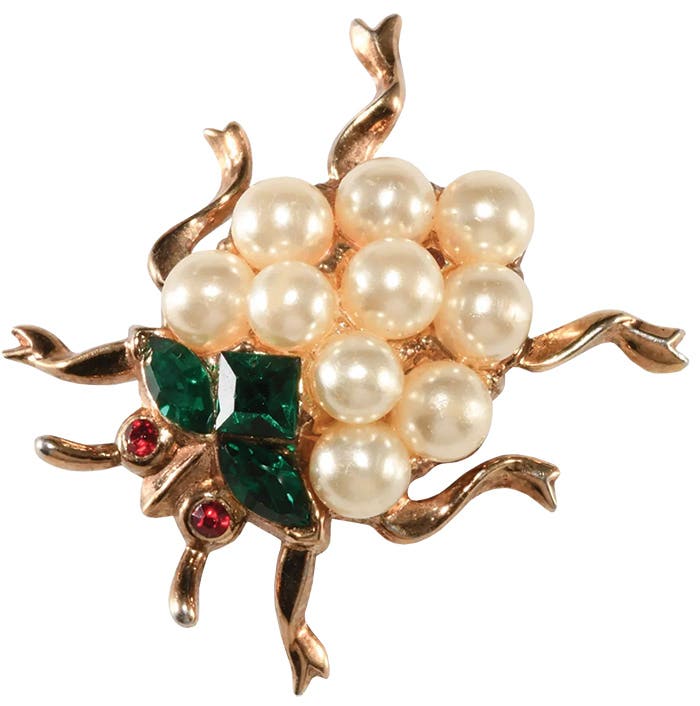
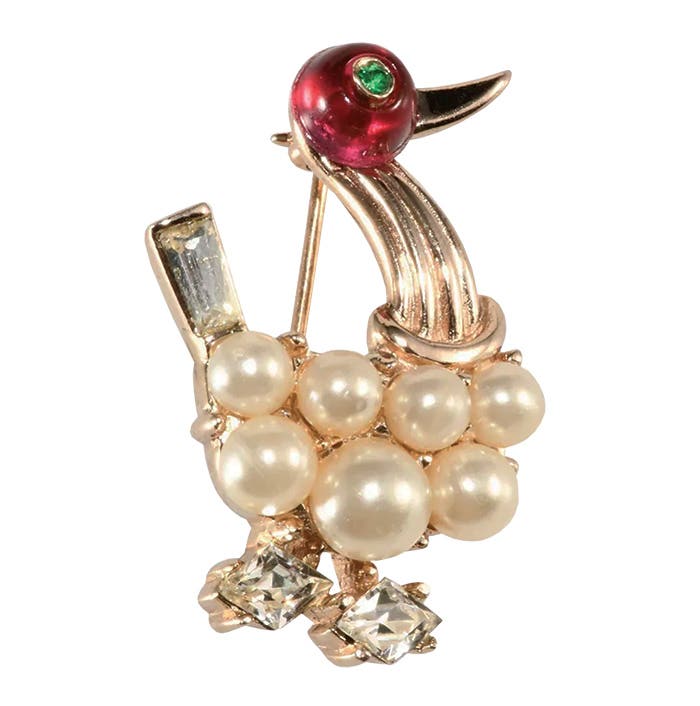
The ad describes “charm pins” as a petite frog, a poodle, and an insect labeled as a ladybug. Each one features lustrous faux pearls and rhinestones. These—along with an elephant and a duck, which have the same faux pearl elements—were patented earlier that same year. Each one was made with a variety of different jewel-toned rhinestone colors, so collecting sets in each variation is possible. The size of these little critters, measuring less than 1 ½ inches long, puts them in the scatter pin category, and they can easily be worn alone on a lapel or clustered together to make them more eye-catching. It’s not unusual for these to sell in the $50–$100 range per pin (and sometimes more) when sold as Park Avenue Zoo pieces.
Trifari Crown Jewelry
Trifari’s crown figurals are actually more plentiful than some of the company’s most popular designs. One of those is a crown with two large glass cabochons, first patented in 1941 and made in a number of different color combinations set in sterling silver; later examples of the same crown have gold-plated metal. Another design patented in 1945 features a row of faux pearls across the top and either polychrome or clear rhinestones decorating a sterling setting. And, of course, several different designs—a crown, scepter, and royal orb, each with matching earrings—were advertised in 1953 to commemorate Queen Elizabeth II’s coronation. The crown pin, in fact, was patented in 1949 with clear Lucite in place of the red elements as part of the Fairyland line, according to Brunialti.
Most sterling crowns sell for $350–$500, while coronation brooches can now sell for more than $1,000. Other smaller Trifari crowns made with plated base metal can be found more affordably, and they’re just as jaunty to wear.
Trifari’s Pets
Because I am a product of the 1960s myself, it’s not surprising that some of my favorites regarding Trifari figurals were made during this decade. Some of them, like the Precious Pets dating to 1967, were white and blue enameled animals with a whimsical look. Among the six designs are a dapper little poodle dog and a fanciful prancing horse I’ve always admired. It’s not uncommon for those to sell for $200–$300 now in excellent condition.
Trifari also made a delightful series of dog brooches from textured gold-tone metal during the 1960s that look much more realistic. From dachshunds to labradors and German shepherds to chihuahuas, these are some of the most affordable Trifari figurals available, selling in the $50–$100 range in most instances. They’re great conversation starters for dog owners who want to take a miniature representation of their fur babies wherever they go.
Of course, there are so many other amazing Trifari figurals I haven’t expounded upon here, including numerous people and countless examples of flora and fauna at an array of price points. The ones shown here are just a few that have crossed my path, and I’ve loved owning and researching every single one of them.
Pamela Wiggins Siegel has been buying, selling, and collecting costume jewelry for more than 30 years. She is the author of Warman’s Costume Jewelry (Krause Publications) and the co-founder of Costume Jewelry Collectors Int’l, an organization dedicated to hosting events and providing educational resources for collectors. Visit her online at www.chicantiques.com and www.cjci.co.
Pamela Wiggins Siegel has been buying, selling and collecting costume jewelry for more than 30 years. She is the author of Warman’s Costume Jewelry and the co-founder of Costume Jewelry Collectors International, an organization dedicated to hosting events and providing educational resources for collectors. Visit her online at www.chicantiques.com and www.cjci.co.
